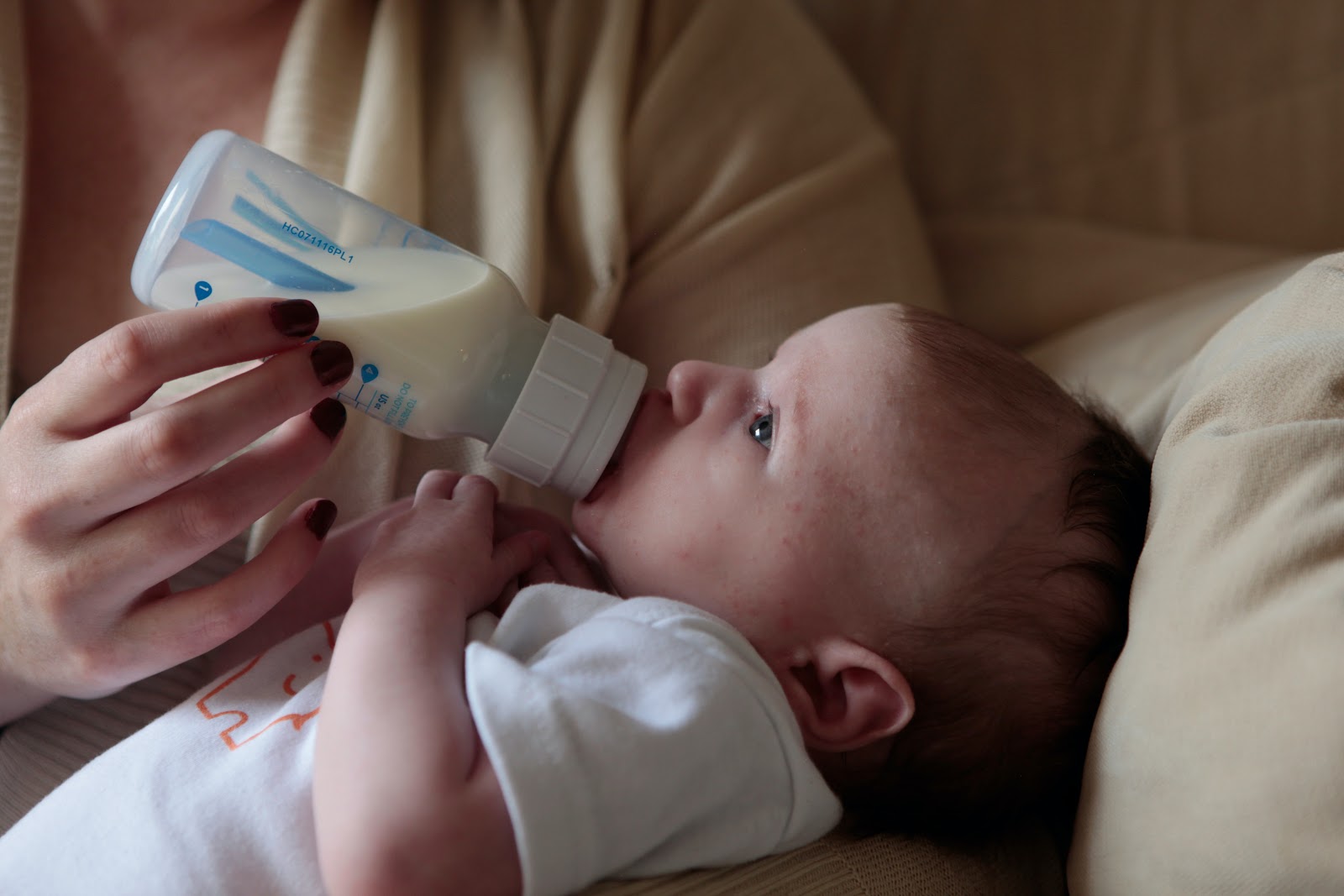If you’re considering adopting an infant, there are so many elements to consider. Will you apply to adopt locally or overseas? Are you considering a special needs child? Will it be an open adoption? And of course, how will you feed the tiny new addition to the family? There are several options available to you when it comes to feeding. We will run through what they are and the pros and cons of each, so you can decide what is best for your new family.
Table of Contents
Infant Formula
Infant formula is probably the most common choice for adopted babies, given its accessibility, ease of use, and affordability. It is a valid option for any parent who cannot breastfeed for physical, emotional, or mental health reasons. The formula is generally cow’s milk-based and has been modified to resemble breast milk as closely as possible. Manufacturers add minerals, such as iron, and vitamins to meet babies’ growth and development needs.
Donated Breast Milk
While infant formula is an amazing invention, and we are so lucky to have it available to us, nothing can beat the nutritions and immune-boosting properties of breast milk. Breastfed babies have a lower risk of heart disease, obesity, and type II diabetes.
Breast milk is also packed with antibodies that can help to fight off viruses and disease. Because it is so beneficial to babies’ development, many parents who are adopting go the extra mile to source human breast milk from a milk bank.
Breast milk from an official milk bank is a wonderful option for adopted infants. The milk is tested for blood-borne diseases like Hepatitis and HIV and heat pasteurized to remove unwanted pathogens.
If exploring this option, it is best to avoid buying unscreened milk from the internet, as you cannot be sure that it has been gathered and stored hygienically, is free from infectious agents, doesn’t contain traces of drugs or medication, and hasn’t been mixed with other liquids like water or cows milk.
Induced Lactation
Many parents dream about special moments spent breastfeeding and bonding with their child. If breastfeeding is important to you, you don’t need to give up on it because you are adopting. You may choose to go down the path of induced lactation.
Essentially, anyone can stimulate the production of milk via the stimulation and draining of the breasts. This is possible because prolactin and oxytocin, the hormones responsible for milk production and ejection, are released from the pituitary gland and not directly linked to the act of giving birth.
Some people take hormones to enhance and support the production of milk, although these are not essential. If you are interested in induced lactation, you should speak with a lactation support specialist and your health professional.
Wet Nurse
Another option that has been used for centuries, although it has fallen out of favor in western culture in recent years, is the use of a wet nurse. A wet nurse is a woman who is employed to breastfeed a child that is not their own. It is still a relatively common practice in some developing countries, as well as places such as China, where it is seen as a symbol of wealth and status.
In the US, there has been an emergence of “cross-nursing” groups. Think of these as a mother’s group, but one where it is accepted and encouraged to feed another mother’s child to give them a break or help them out.
Whatever path you choose to go down with your adopted baby, the most important thing is that they are well-fed, loved, and cared for.

Alex is fascinated with “understanding” people. It’s actually what drives everything he does. He believes in a thoughtful exploration of how you shape your thoughts, experience of the world.



